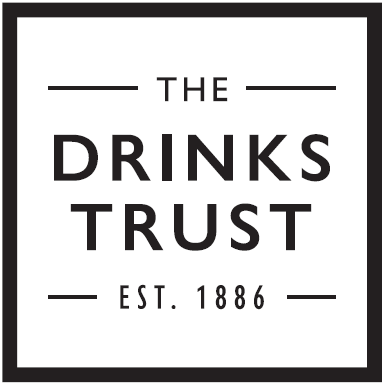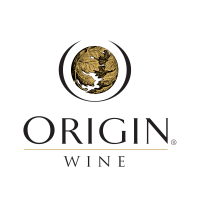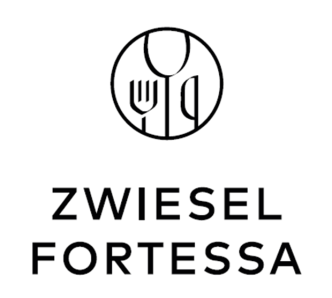Here is a list of aroma compounds in wine that are associated with the aroma of blackberries (based on blackberry and wine research):
- Acids: Organic:Carboxylic acids:Tricarboxylic acids:C6:Citric acid (Turemis N 2003)
- Alcohols:C5:3-methyl-1-butanol (Georgilopoulos DN 1988)
- Alcohols:C6:Hexan-1-ol (Georgilopoulos DN 1987)
- Alcohols:C7:Heptan-1-ol (Ibanez E 1998, Jacques AC 2009)
- Alcohols:C7:Heptan-2-ol (Georgilopoulos DN 1987, Berger RG 2007, Du X 2009)
- Alcohols:C8:Octan-1-ol (Georgilopoulos DN 1987)
- Aldehydes:C4:Methional (Klesk K 2003, Berger RG 2007)
- Aldehydes:C5:2-methylbutanal (Berger RG 2007)
- Aldehydes:C5:3-methylbutanal (Georgilopoulos DN 1988, Berger R G 2007)
- Aldehydes:C5:Furfural (Turemis N 2003, Georgilopoulos D N 1988)
- Aldehydes:C6:2-Hexen-1-al (Berger RG 2007)
- Aldehydes:C6:5-Methyl-2-furaldehyde (Turemis N 2003)
- Aldehydes:C6:Hexanal (Klesk K 2003, Berger RG 2007, Du X 2009)
- Aldehydes:C8:2-phenylacetaldehyde (Georgilopoulos DN 1988)
- Aldehydes:C9:(E,Z)-2,6-Nonadienal (Berger RG 2007)
- Aldehydes:C9:Nonanal (Georgilopoulos DN 1987)
- Esters:Acetate esters:C6:2-methylpropyl acetate (Lytra G 2013)
- Esters:Acetate esters:C6:Butyl acetate (Lytra G 2013)
- Esters:Fatty acid ethyl esters:C5:Ethyl propanoate (Pineau B 2009, Lytra G 2013)
- Esters:Fatty acid ethyl esters:C6:Ethyl 2-methylpropanoate (Klesk K 2003, Berger RG 2007, Pineau B 2009)
- Esters:Fatty acid ethyl esters:C6:Ethyl 3-hydroxybutanoate (Lytra G 2013)
- Esters:Fatty acid ethyl esters:C6:Ethyl butanoate (Berger RG 2007)
- Esters:Fatty acid ethyl esters:C7:Ethyl 2-methylbutanoate (Klesk K 2003, Berger RG 2007, Pineau B 2009)
- Esters:Fatty acid ethyl esters:C8:Ethyl 2-hydroxy-4-methylpentanoate (Lytra G 2015)
- Esters:Fatty acid ethyl esters:C8:Ethyl hexanoate (Berger RG 2007)
- Furanoids:Linalool oxide:Stereoisomers:(E)-linalool oxide (Georgilopoulos DN 1988)
- Furans:Furaneol (Klesk K 2003, Berger R G 2007, Du X 2009)
- Sulfides:Dimethyl disulfide (Klesk K 2003, Berger RG 2007)
- Sulfides:Dimethyl sulfide (Klesk K 2003, Berger RG 2007)
- Terpenes:Monoterpenes:Limonene (Berger RG 2007)
- Terpenes:Monoterpenes:Pinene:Alpha-Pinene (Berger RG 2007)
- Terpenes:Norisoprenoids:C13:Beta-Damascenone (Berger RG 2007)
- Terpenes:Norisoprenoids:C13:Beta-Ionone (Berger RG 2007, Du X 2009)
- Terpenoids:Monoterpenoids:Geraniol (Berger RG 2007)
- Terpenoids:Monoterpenoids:Linalool (Berger RG 2007, Du X 2009)
- Terpenoids:Monoterpenoids:Terpineol:Isomers:Alpha-terpineol (Georgilopoulos DN 1987)
DN Georgilopoulos (1988) found that furfural made up a third of the total aroma profile of blackberry juice.
Here is a study from France on key aroma compounds in wine that differentiate between dark and red berry aromas…
JAFC:2009:57-9 p3702-3708: Pineau B 2009: Examples of Perceptive Interactions Involved in Specific “Red-” and “Black-berry” Aromas in Red Wines
Key findings: “Higher than average levels of ethyl propanoate, ethyl 2-methylpropanoate, and ethyl 2-methylbutanoate were involved in black-berry aromas, whereas ethyl butanoate, ethyl hexanoate, ethyl octanoate and ethyl 3-hydroxybutanoate conferred red-berry aromas.”
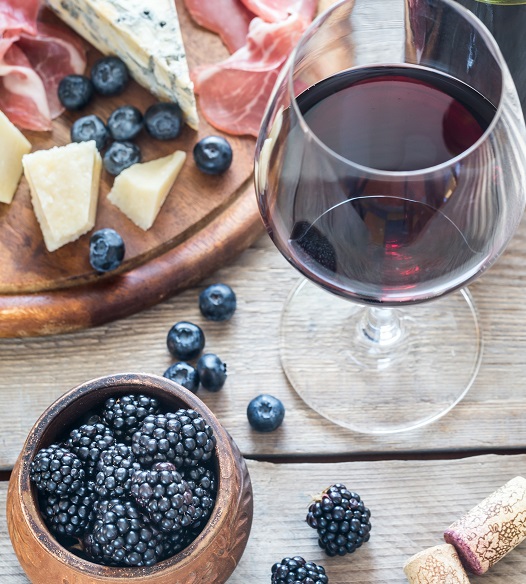
Here is an insight into the interaction of specific compounds in the intensification of blackberry aroma in wine from a French collaboration…
JAFC: 2013: Article asap: Lytra G 2013:Study of Sensory Interactions among Red Wine Fruity Esters in a Model Solution
Key findings: Ethyl-3-hydroxybutanoate and 2-methylpropyl acetate reduced the olfactory threshold of fruity aromas and created a synergistic effect by increasing the overall intensity. Removal of ethyl propanoate, butyl acetate or 2-methylpropyl acetate from the model solutions led to a reduction in blackberry aroma intensity.
'Dark fruit aromas are likely to be correlated to but not caused by high Brix levels and anthocyanins'Here is a study from Australia looking at the correlation between berry sensory analysis and wine sensory analysis; namely, can field sensory analysis be used for quality grading?
AJEV: 2017:68 p357-368:Niimi J 2017: Linking Sensory Properties and Chemical Composition of Vitis vinifera cv. Cabernet Sauvignon Grape Berries to Wine
Key findings: Finding aroma correlations between berry and wine was challenging and correlations were generally not consistent between years. Dark berry aroma was one fruit aroma parameter with moderate to high correlation between berry and wine sensory. Brix, anthocyanins and chroma were reliable contributors to the sensory attributes. Dark fruit aromas are likely to be correlated to, but not caused by, high Brix levels and anthocyanins. Malolactic fermentation is a potential influencing factor. Esters most likely contributed to dark fruit characters.
So decision-making regarding the timing of harvest and winemaking practices that influence ester formation or degradation – such as malolactic fermentation, cellaring, primary fermentation temperature – can assist in the enhancement or maintenance of blackberry aromas. However, there are also other vineyard influences on ester formation to take note of – such as irrigation, climate factors and, as the following study from the USA indicates, fertilising practices…
AJEV: 2018: Online May 2018: Yuan F 2018:The Impact of Soil NPK Supply on Pinot noir Wine Phenolics and Aroma Composition
Key findings: Reduced nitrogen supply led to a decrease in straight-chain esters and alcohols, and an increase in branched-chain esters and alcohols in wine.
James Wright is an international viticulture and management consultant and author of www.vitisynth.com and the newsletter VitiSynthesis.
Further reading
- Turemis N 2003, Determination of Aroma Compounds in Blackberry by GC/MS Analysis
- Georgilopoulos DN 1988, Flavour compounds of a commercial concentrated blackberry juice
- Georgilopoulos DN 1987, Aroma compounds of fresh blackberries (Rubus laciniata L.)
- Klesk K 2003, Aroma Extract Dilution Analysis of Cv Marion (Rubus spp. Hyb) and Cv. Evergreen (R. laciniatus L.) Blackberries
- Du X 2009, Volatile composition and odour-activity value of thornless “Black Diamond” and “Marion” blackberries
- Jacques AC 2009, Bioactive and volatile organic compounds in Southern Brazilian blackberry (Rubus Fruticosus) fruit cv. Tupy
- Ibáñez E 1998 Analysis of volatile fruit components by headspace solid-phase microextraction
- Berger RG 2007 Flavours and Fragrances- Chemistry, Bioprocessing and Sustainability


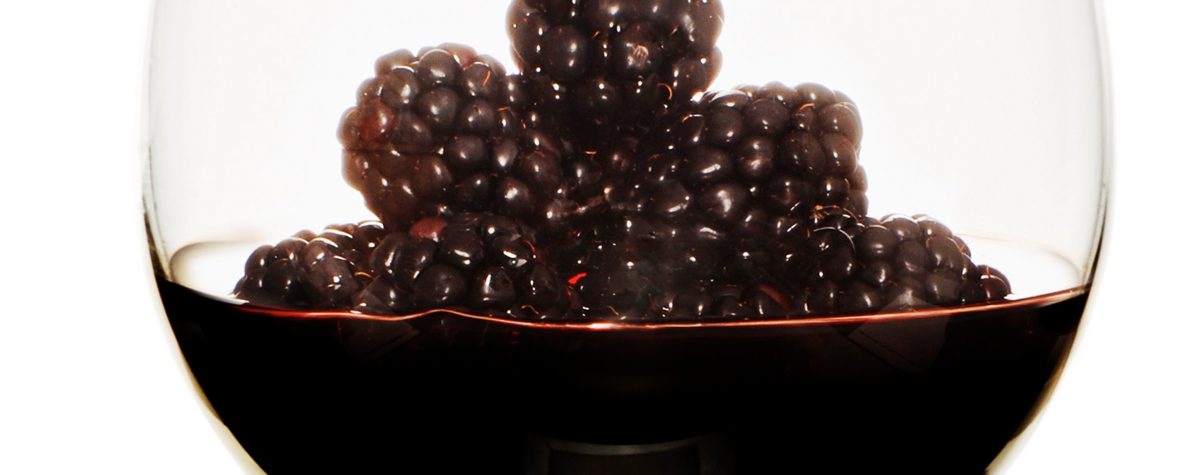




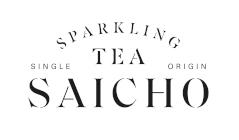




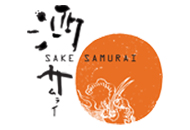
.png)

